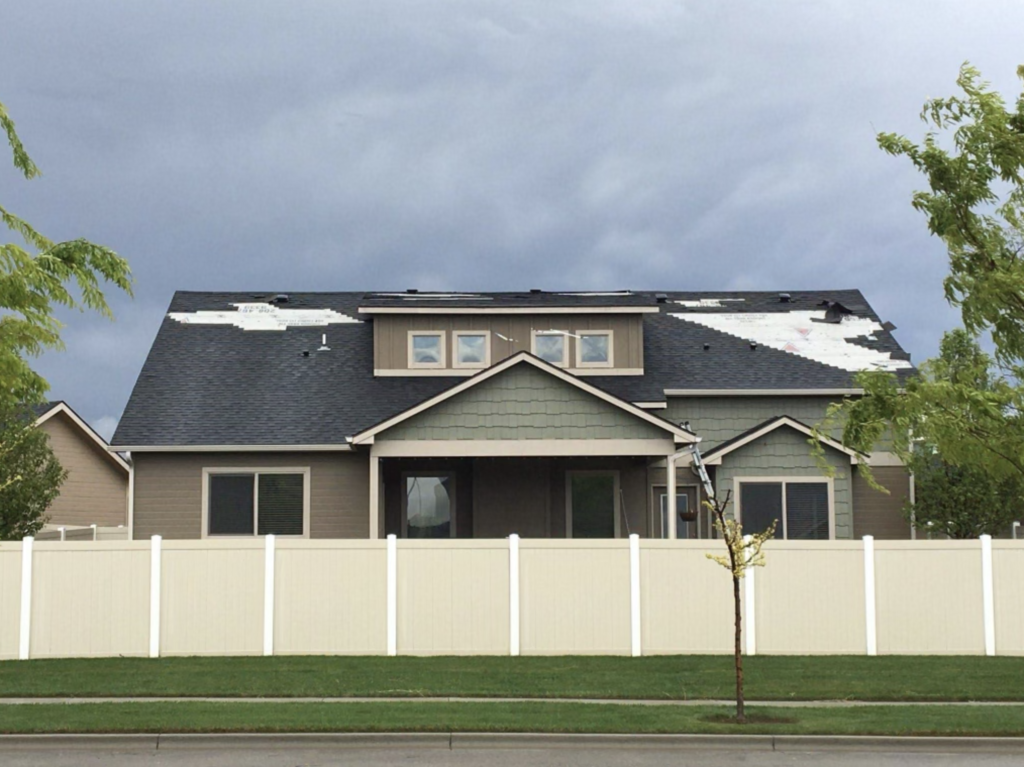
How Do You Know When It Is Time To Replace Your Roof?
Are there companies that specialize in roofing options?
Roof replacement is no easy decision. It is expensive, time-consuming, and can be messy. On the other hand, roof replacement can be a satisfying experience and adds to your peace of mind.
A roof is a system with many parts that work together to keep your house dry.
If you have maintained proper upkeep of your roof, looking for any early signs of indicators that would lead to your roof needing replacement, the roofing process for replacement is always better if you are proactive in scheduling the undertaking.
Roof replacement decisions are based on a few things.
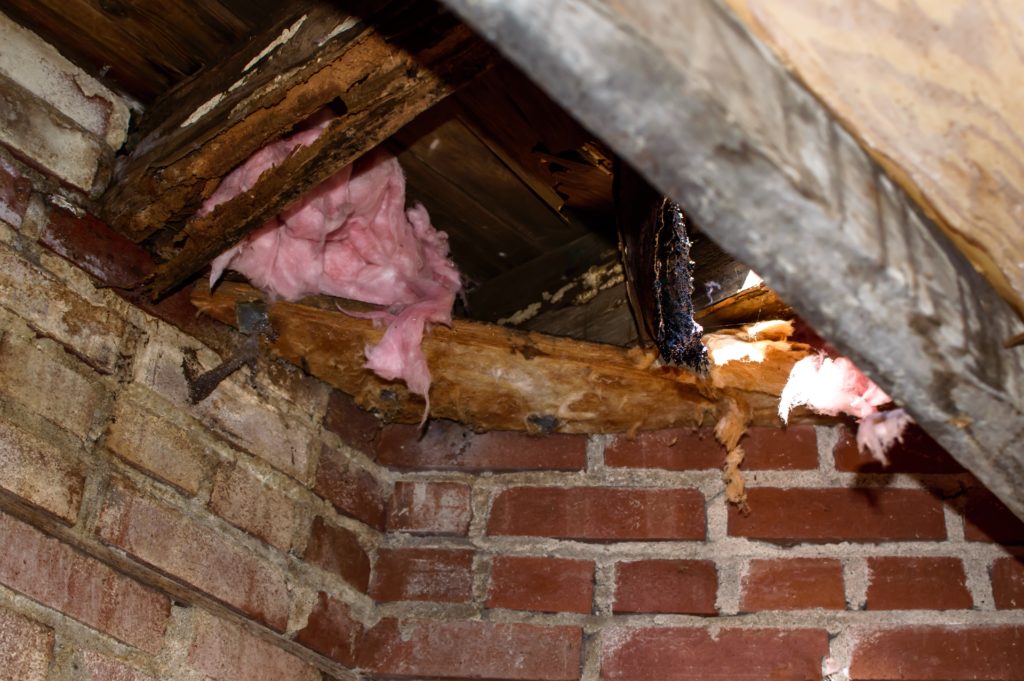
The first reason, is there is water damage in your attic, upstairs, or rafters?
By a visual inspection, you can locate yellow, brown, or grey marks that indicate moisture issues. Is the paint peeling on the ceiling or walls? Water and moisture will run down from the upstairs attic and rafters down the walls so you may see the indicators on the walls before you realize the upper space has been compromised by water or moisture due to a damaged or leaking roof.
To decrease condensation in the roof make sure dryer and bathroom vent pipes are routed outside, the attic is well ventilated and there is adequate insulation in the attic. To decrease condensation in the attic Eliminate or reduce air leakage into the attic.
A once-a-year inspection by a roofing company is warranted to identify potential problems before they happen and could save you money in the long run.

The second reason is your roof is old.
Roofing materials have a lifetime and your roof may have outlived its lifetime. Most roofing material has a lifetime of 20 to 50 years depending on the climate and location of your home. Typically, asphalt shingles can last up to 20 years.
Metal roofs can be expensive and last between 30 to 50 years. Because they are metal and durable they require fewer repairs. Some areas prefer the fire resistance that metal roofs offer. Clay tiles can last an average of 4o years.
When you build or purchase a new home you will know when the roof was installed. If you purchased a pre-owned home the building records will include the type of roofing materials used like wood shake shingles, basic asphalt shingles, asphalt composition shingles, composite slate, metal roofing materials, wood shake shingles, or other roofing materials used when the roof replacement was done. Part of the records will indicate whether the old roof was removed before a new roof was installed or if your roof has more than one layer of shingles to repair any prior damage.
Most of the time if a roof has several layers of shingles or is older than 20 years old then the roof may need to be replaced.
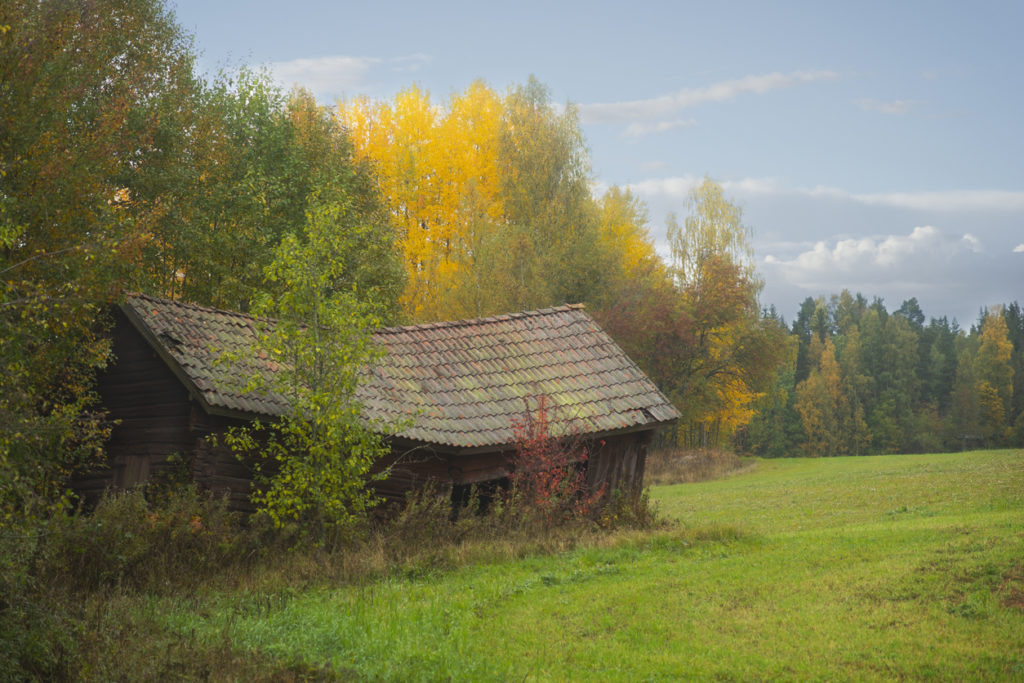
The third reason, the roof is sagging.
There are basically eight layers to a roof.
Insulation.
Ventilation.
Roof Deck.
Underlayment.
Ice and Water Shield.
Ridge Vents.
Roofing Material.
Flashing.
A roof is laid on top of rafters. Rafters run from the roof ridge to the wall plate of the exterior walls and are laid to provide a base to support roof decks. A sagging roof will indicate that the boards used in the roofing deck or rafters have rotted away due to trapped moisture.
A saggy roof indicates the roof needs to be replaced as soon as possible before more damage occurs. When doing a roof inspection take special note of the lower points of your roof to make sure that there is no moisture trapped in the materials or rotting boards. roof.
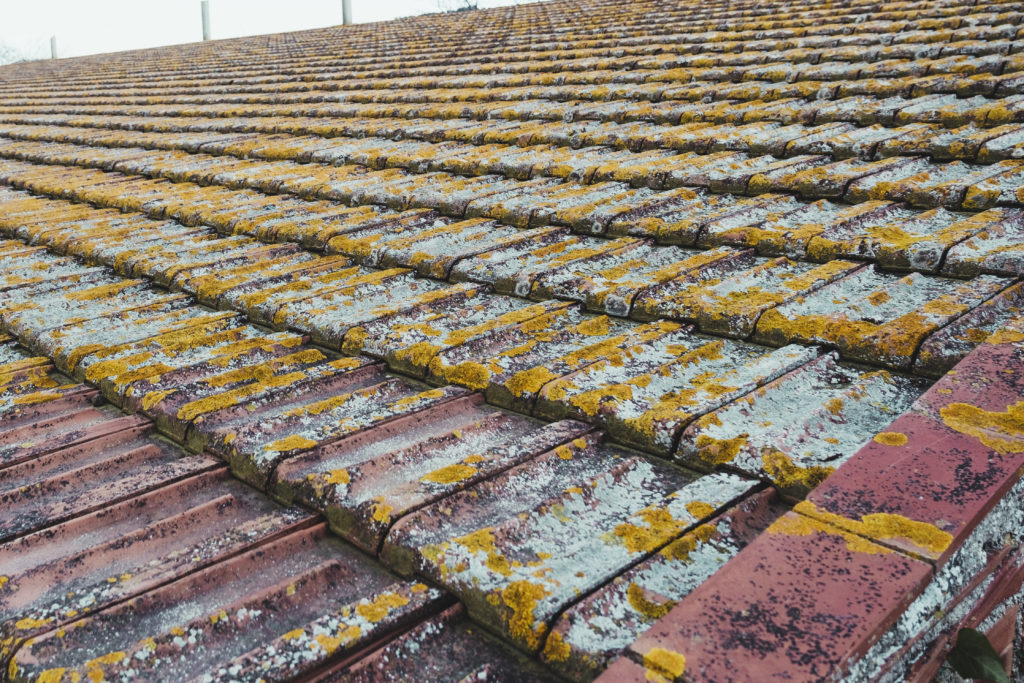
The fourth reason, moss, mold, mushrooms, and vines are growing on your roof.
Moss, mold, and fungi need moisture to thrive. If you see these growing on your roof, especially in shady areas, you may have a problem with trapped moisture. To prevent condensation in a roof it is important that the roof has proper venting as well as a vapor barrier that is properly installed.
When a roof is being newly installed or replaced the most common way to prevent condensation problems in the future is to make sure the roof has adequate ventilation and there is a vapor barrier installed.
To stop minor problems with moss or mildew or fungi in shaded corners of your roof you can address the problem with a stiff brush. If the problem returns a roof inspection is probably in order.
Vines grow up by aerial roots or twining tendrils. Twining tendril vines can be damaging to roofs because the smaller tendrils wrap around just about anything they can. As the vine matures and gets bigger so do the tendrils and they can cause havoc on weak surfaces and harbor moisture.
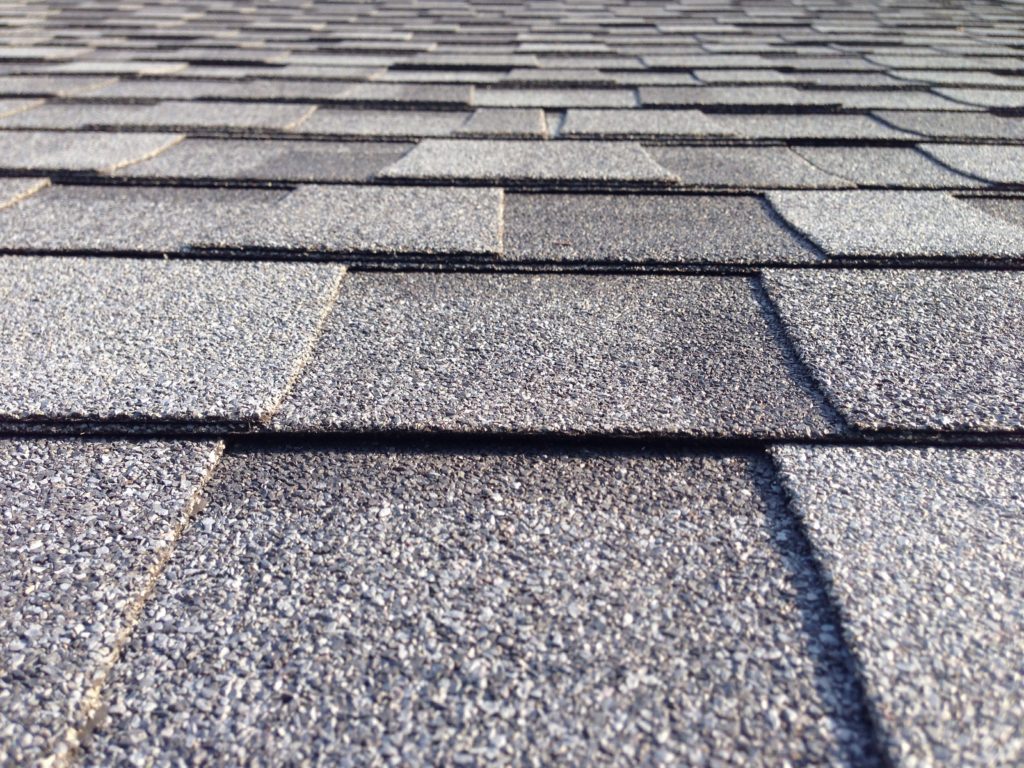
The fifth reason is curling shingles.
When you look at your roof from the yard do you see curled shingles? If you do this means that the shingles are no longer properly attached to the roof. More often than not, these shingles will have some type of damage.
Strong winds will catch the edges of a curved shingle and may tear the shingle off or cause more damage. Sometimes depending on the type of roofing materials used in your roof, a roofing contractor can replace individual shingles to mitigate further problems.
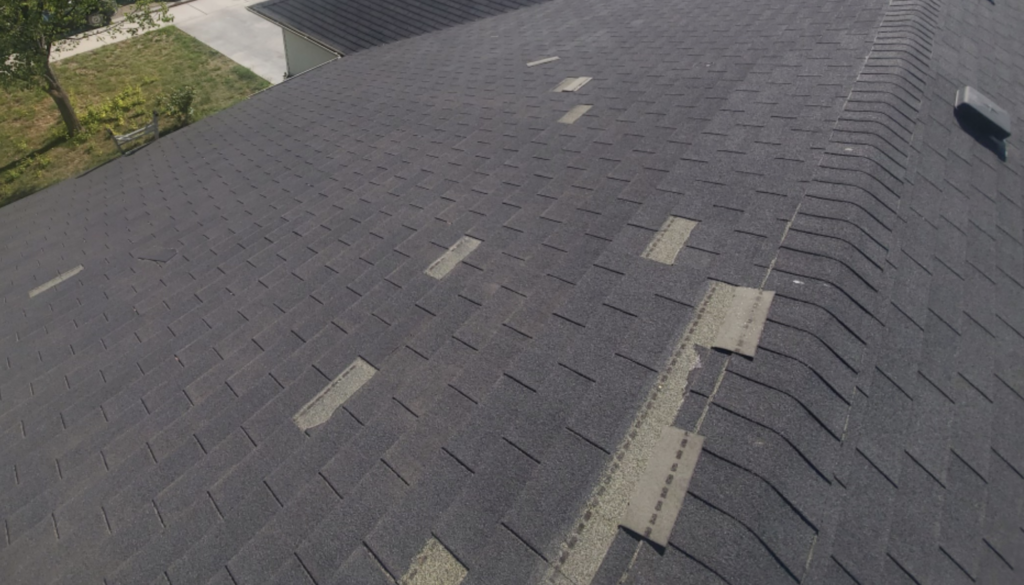
The sixth reason is missing shingles or missing granules.
Winds are hard on roofs. The winds will catch the edge of a loose shingle and lift it off completely. The shingle goes sailing never to be found again. Needless to say, thunderstorms, heavy rain, and wind storms are hard on roofs.
Depending on where the roof shingles were torn off will determine if they can be replaced or if more extensive roof work needs to be done.
Granules are rough crushed stone or other materials that are adhered to shingles. If you find that your shingles have lost a lot of the granules coating or your gutters are filled with the rough particles it may be time to have your roof inspected.
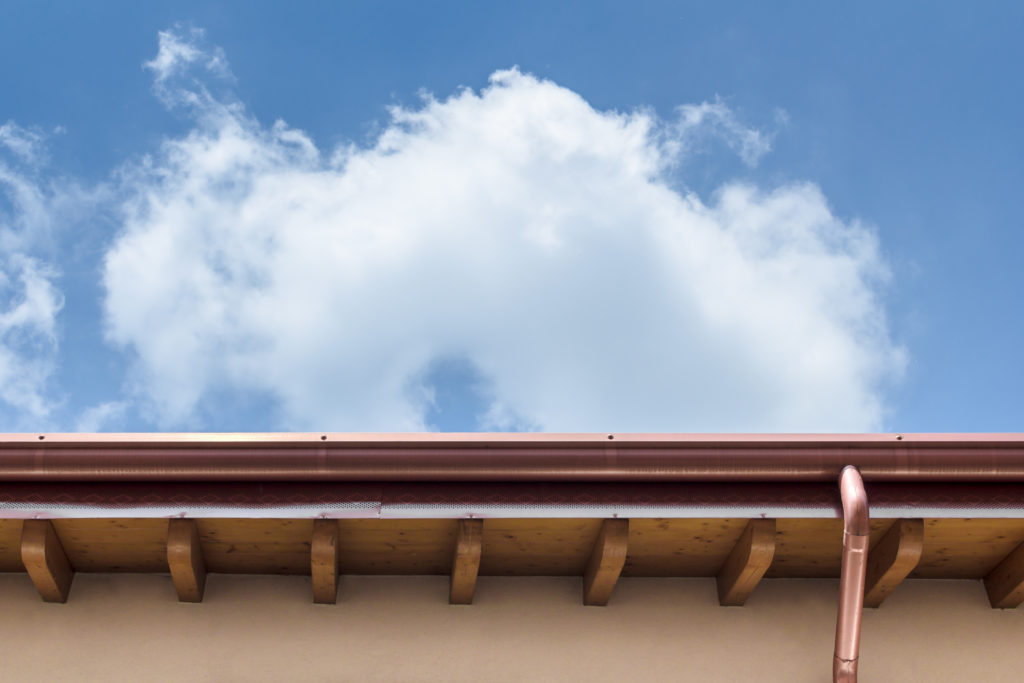
The seventh reason is missing fascia, gutter guards, and flashing.
Flashing is a thin material that directs water to a different place on the roof. It is installed underneath shingles. Flashing is made from stainless steel, galvanized steel, and copper. Flashing helps the entire roof up against seams like at a chimney to not have pooling water.
A metal drip edge is often nailed in place under roofing paper and acts as an ice guard. It helps prevent leaks.
Gutter guards prevent leaves, dirt, and sticks, from entering your gutter and causing a dam of water that eventually compromises the edges of the roof. The gutter guards help to keep water flowing freely off your roof.
Fascia is a board on the side of a roof helping it look finished. It also holds the gutter. The board supports the shingles of the roof and helps to keep moisture out.

Leaky inefficient roofs allow air to escape from your home. This will increase energy bills. Lighter-colored roofs will be cooler because the color reflects heat, darker roof colors will conduct heat.
Metal roofs are reflective. The type of roofing materials used on your roof will greatly affect your energy consumption.
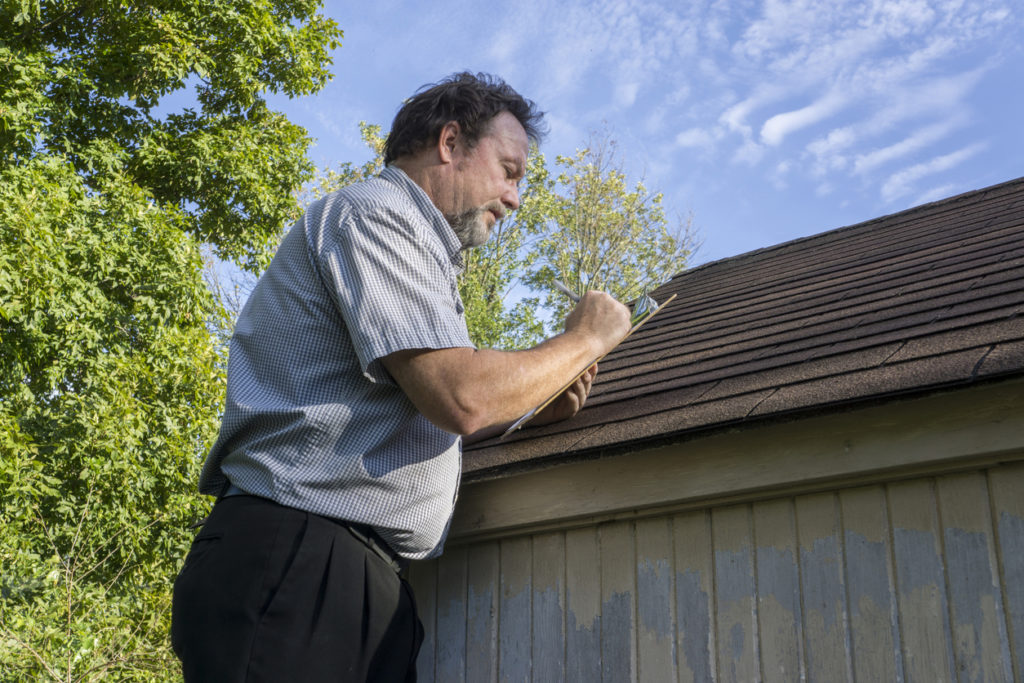
The ninth reason is faulty roof inspection
A building inspector, roofing business, or DYI inspection may miss minor roofing problems that grow into the damage that is beyond repair. Some roofing issues are hard to spot and tricky to diagnose.
Having a qualified roofing contractor or building inspector is the first step to determining whether issues are fixable or systemic requiring a total roof replacement.
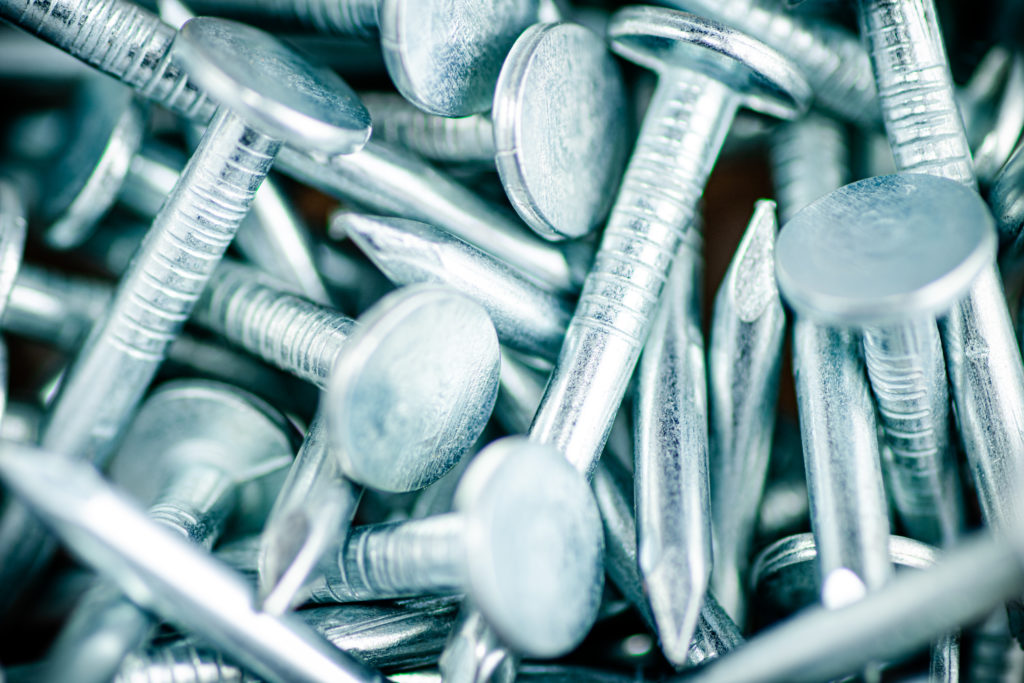
The tenth reason is lots of exposed nails
Roofing nails or staples hold shingles in place. When you are inspecting your room notice any exposed nails. These nails may indicate a leak or cracks in your roof.
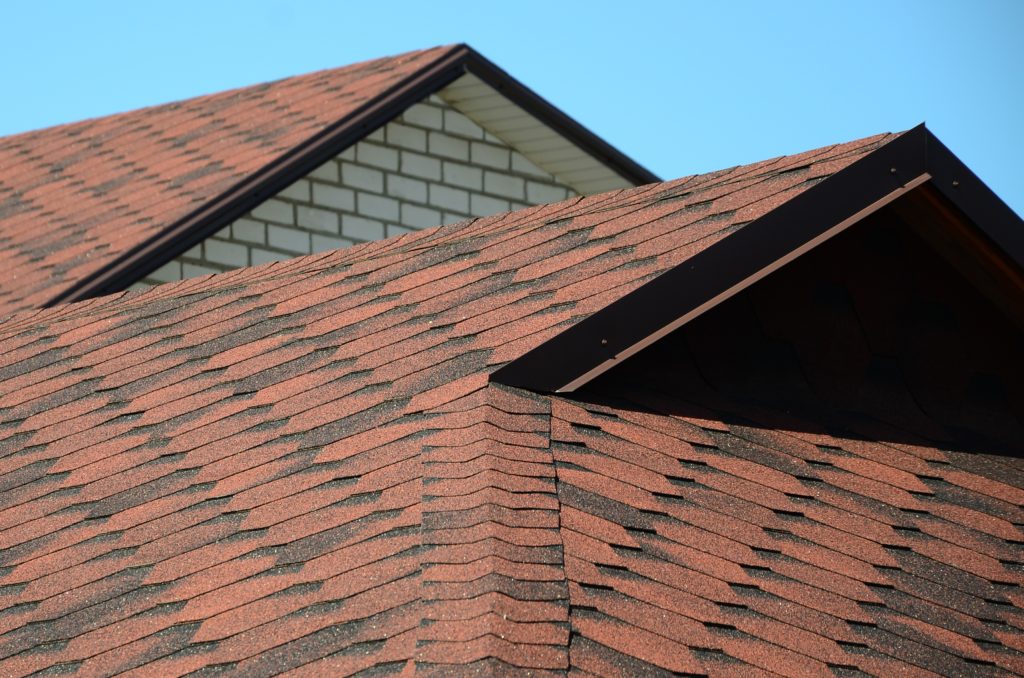
How Do You Know if You Should Consider a Replacement Roof or Repair It?
Roofing replacement isn’t cheap whether you are considering a basic asphalt shingle roof, architectural shingles, or composition slate tiles because roofing contractors need more time, manpower, materials, and equipment to complete the roofing job.
Sometimes special handling is needed for the removal and disposal of old roof materials. Roofing replacement involves old weathered shingles, felt paper, moisture barrier, and sometimes the roof decking, and all of these old materials need to be disposed of and waste disposal can be expensive and messy.
Disposing of falling debris, wood decking, and old shingles adds to labor costs.
Have you considered how long you plan on living in your home or if you need to consider a full roof replacement to increase the value of your home for resale?
What is the budget you have set aside to hire someone to have your roof replacement completed? In some situations, a roofing contractor will work with you to pick out a type of roofing material that is less expensive but will do the job.
Roof repairs are more affordable than the cost of replacing a roof even if you use basic roofing materials. There are some drawbacks.
Sometimes it is difficult to match roofing materials.
Shingles will start to wash out or lighten due to sun exposure. This makes it difficult to find a good match to replace damaged shingles.
Old shingles have colors that have been replaced with new modern colors and some older shingle colors are available.
Sometimes when you buy a new home leftover shingles were set aside just in case. This makes for an ideal option. Trying to find a roofing tile that is an exact match is also difficult. Tile and shingle manufacturers come and go and the same style and material may no longer exist.
A metal roof is durable and other than a cleaning every so often they don’t require a great deal of maintenance. Repairs might be needed if there are significant rust streaks, the underlayment was installed wrong, the fasteners were over or under-tightened, or the flashing around the metal roofing is damaged.
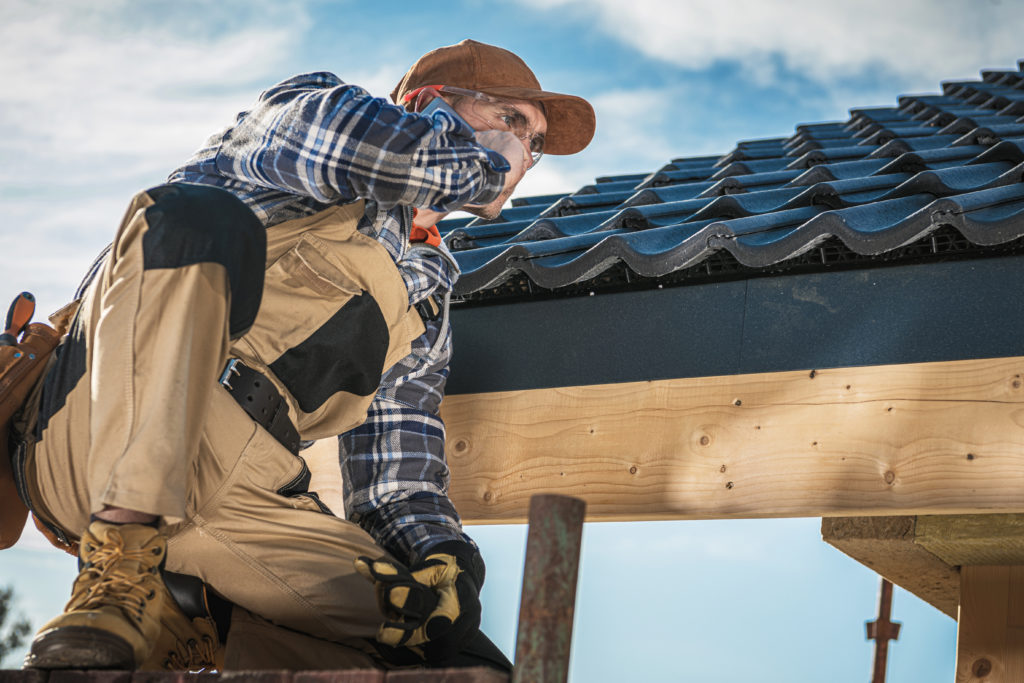
Why Hire a Roofing Contractor?
General Contractor
A general contractor is someone who is responsible for the overall day-to-day oversite of a construction project. The contractor manages materials, vendors, and the trades like electrician, plumber, and roofer involved in the completion of a construction project. They adhere to city and county building codes and they make sure permits are in place for the work being done.
General contractors may have some experience in working on roofs however they are not “experts.” A roofing contractor is a master in the trade. The roofing contractor has the tools and equipment necessary to complete a roofing job.
Roofing Contractor
A roofing contractor should spell out what costs are associated with the replacement or repair of your roof and all of the time and roofing materials involved. They will work with you on understand your expectations and short and long-term goals based on your budget.
A roofing contractor is competent. The company will follow best practices when it comes to installing starter shingles, replacing older roofs, disposing of leftover debris, and helping you determine what the best approach is. Their crews are trained crews who understand roofing techniques.
They will adhere to all building codes and are certified to install different types of roofs.
A roofing contractor works safely and expects their crews to do so too. They use safety equipment like fall arrest gear, personal protective equipment, roof brackets, heavy-duty ladders, and equipment hoists. They also carry liability insurance and workers’ compensation insurance. This transfer any risk of financial liabilities due to an injury to their company, not your home insurance.
They are reliable.
Roofing contractors may offer warranties on total roof replacement or repairs.

Roofing Remains LLC
Locally owned in Idaho, certified, skilled, and customer-driven, Roofing Remains is Idaho’s number one choice for roof replacement and repairs. A roofing system is a system and there are critical components that can not be overlooked if your roof is going to last.
From re-roof to roof repairs, Roofing Remains is a trusted contractor with years of combined experience. Skilled in installing architectural shingle roofs, Standing Seam vs Tuff Ribb Metal roofs, TPO, EPDM, Touch Down peal and stick flat roofing material, and Roofing Remains will work with you and develop a short and long term plan to meet your roofing needs.
Roofing remains will order roofing materials and they understand what is available to match your existing shingles or to make your roof outstanding if you are getting your roof replaced.
They will dispose of any type of roofing material debris once the job is complete.

Need A Roof Inspection?
As part of their services, they are happy to come to your home, crawl into the attic, walk on the top of the roof and determine if the ridge cap is secure and doing its job if there are protruding nails with a potential to cause a leak, if the melting ice and ice dams from the winter have caused damaged to metal drip edge, gutters, or fascia. If your shingles fail at any point causing roof damage, they will work with the shingle manufactures to coordinate any warranties or prorated reimbursement.
Sometimes wood decking under the roofing materials is damaged because the underlayment failed due to poor insulation or water got under the edge of the roof. They will assess the safety of your roof and determine a plan to rectify the problem within your budget.
Insurance Company Liaison
With high winds, tree branches will cause falling debris that damages roofs. Whole trees have fallen into roofs causing the need for a total roof replacement.
Roofing Remains will work directly with insurance companies so you don’t have to. The company is a certified insurance adjuster and has been handling claims in Boise, Meridian, Juna, Star, Caldwell, Nampa, Marsing, New Plymouth, and Western Idaho for over a decade. They are professional insurance liaisons and always make certain repairs are up to Idaho building codes.
